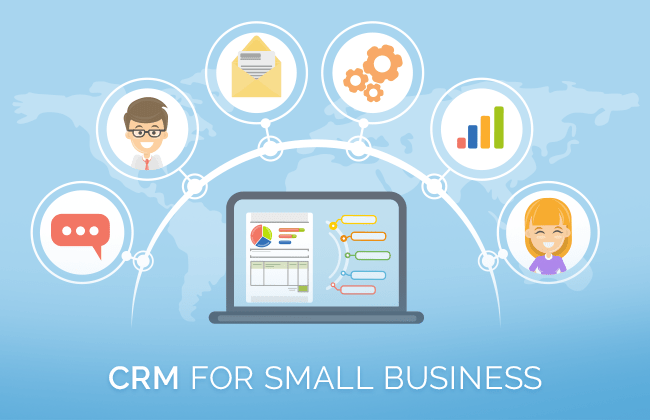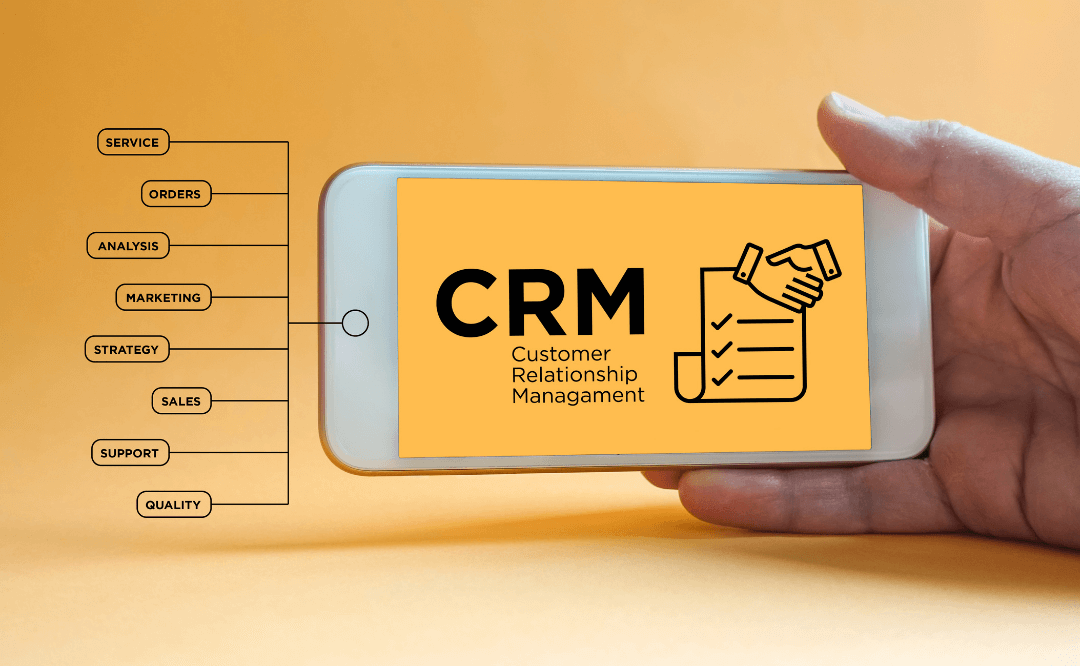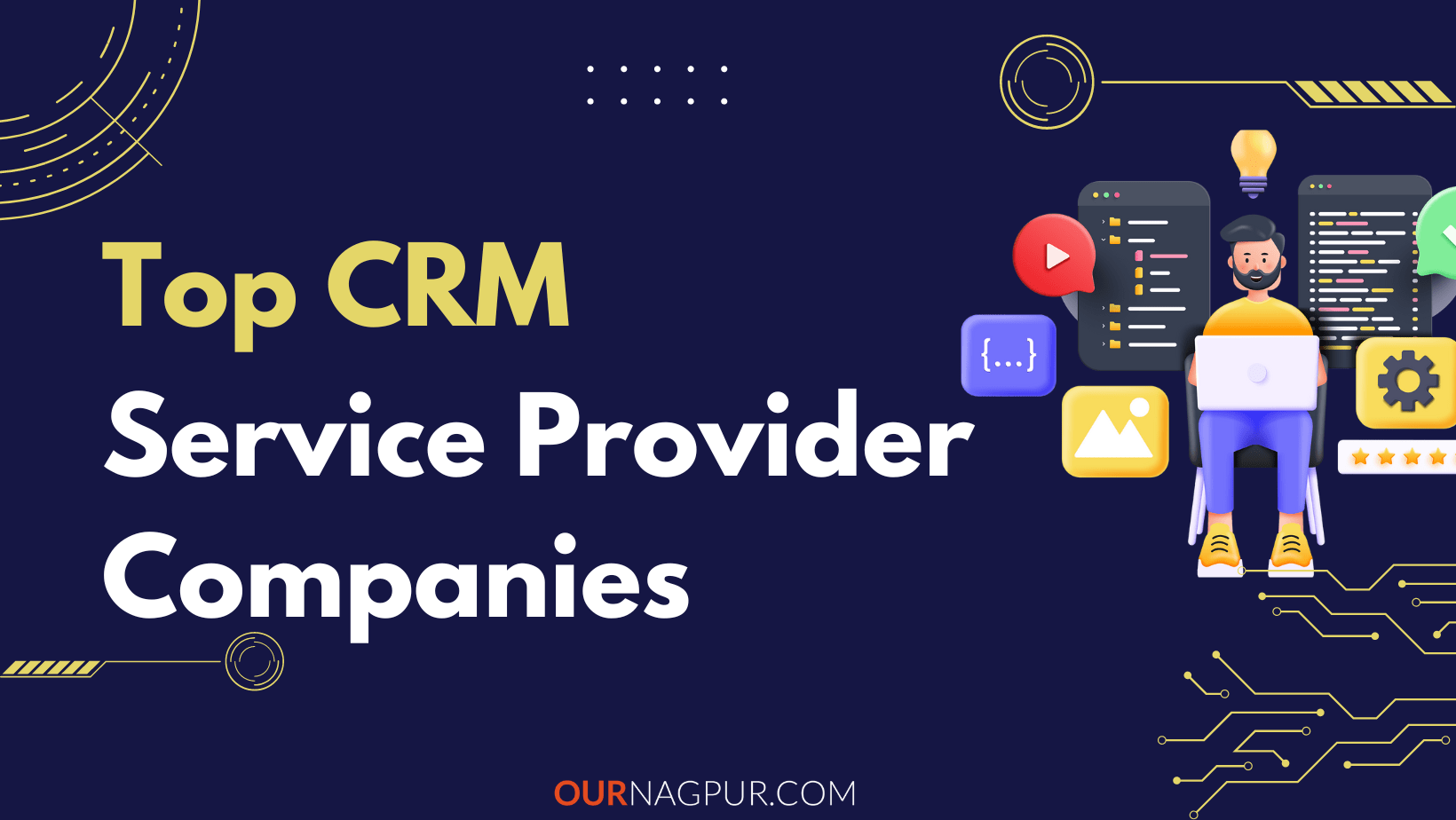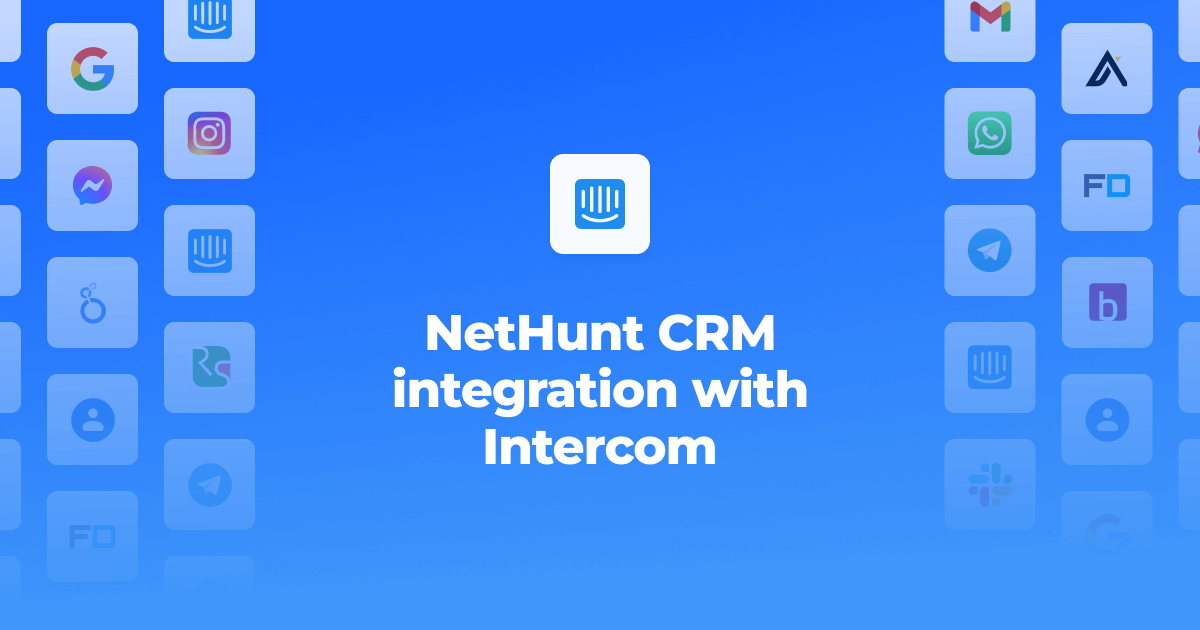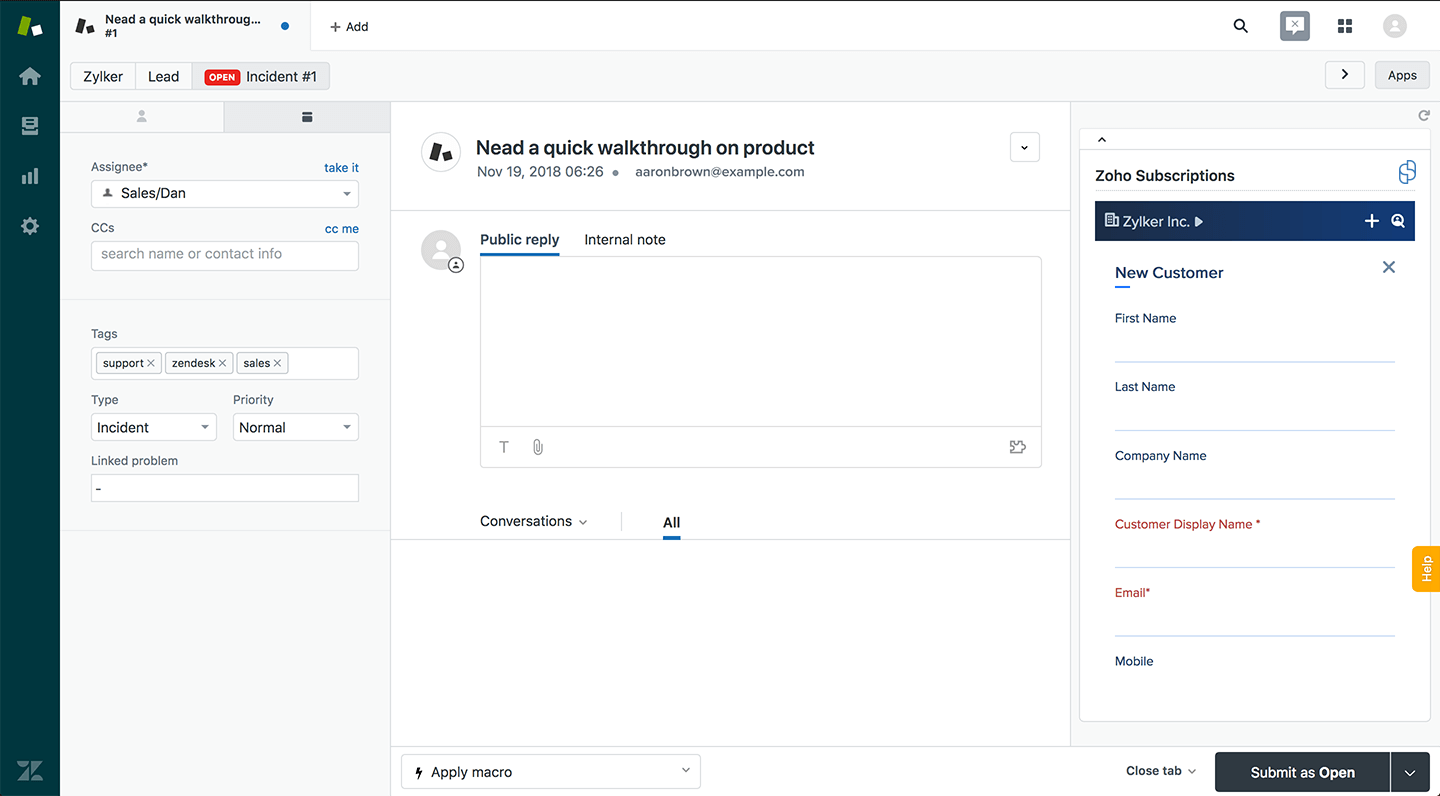Supercharge Your Growth: A Deep Dive into CRM, Referral Marketing, and the Ultimate Synergy
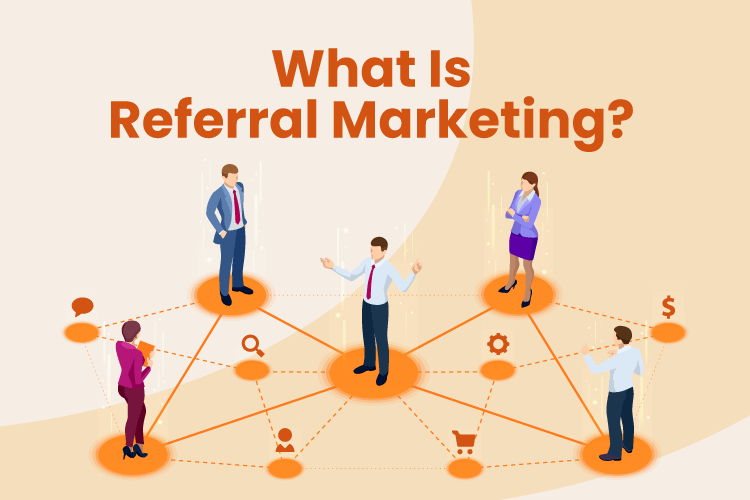
Introduction: The Power Trio of Growth
In the dynamic world of business, staying ahead of the curve requires more than just a great product or service. It demands a strategic approach to customer relationship management (CRM) and a keen understanding of how to leverage the power of word-of-mouth through referral marketing. When you integrate these two powerful strategies, you unlock a synergy that fuels sustainable growth and fosters lasting customer loyalty. This article dives deep into the intricacies of CRM and referral marketing, exploring how they complement each other and provide a roadmap to success for businesses of all sizes.
Understanding the Core Components
CRM: The Heart of Customer Relationships
Customer Relationship Management (CRM) isn’t just a software; it’s a philosophy. It’s about understanding your customers, anticipating their needs, and providing them with exceptional experiences. A robust CRM system acts as a centralized hub for all customer-related data, allowing businesses to:
- Track interactions: Monitor every touchpoint, from initial website visits to post-purchase support inquiries.
- Segment customers: Group customers based on demographics, behavior, and purchase history for targeted marketing.
- Personalize communications: Tailor messages and offers to individual customer preferences.
- Improve sales efficiency: Automate tasks, manage leads, and track sales performance.
- Enhance customer service: Provide quick and effective support, resolving issues promptly.
The benefits of a well-implemented CRM system are far-reaching. Increased customer satisfaction, improved sales conversions, and enhanced operational efficiency are just a few of the advantages. Choosing the right CRM software depends on your specific business needs, but some popular options include Salesforce, HubSpot, and Zoho CRM.
Referral Marketing: Unleashing the Power of Word-of-Mouth
Referral marketing is one of the most effective, yet often overlooked, marketing strategies. It capitalizes on the power of social proof and word-of-mouth recommendations. When customers refer your business to their friends, family, or colleagues, they’re essentially vouching for your brand’s value and trustworthiness. This type of marketing is incredibly powerful because:
- It leverages trust: People are more likely to trust recommendations from people they know.
- It’s cost-effective: Compared to traditional advertising, referral programs often have a lower cost per acquisition (CPA).
- It generates high-quality leads: Referred customers tend to have higher conversion rates and lifetime value.
- It boosts brand awareness: Referral programs can significantly expand your reach and visibility.
Implementing a successful referral program requires careful planning and execution. Offering incentives, making it easy to refer, and tracking results are crucial steps. Examples of effective referral incentives include discounts, free products, or exclusive access to premium features. Popular referral marketing platforms include ReferralCandy, Ambassador, and InviteReferrals.
The Symphony of CRM and Referral Marketing: A Harmonious Blend
The true magic happens when you combine the power of CRM with the effectiveness of referral marketing. CRM provides the foundation for understanding your customers, while referral marketing amplifies your reach and drives new customer acquisition. Here’s how they work together:
1. Identifying and Segmenting Your Advocate Base
Your CRM system holds a wealth of information about your customers. You can use this data to identify your most loyal and engaged customers – your advocates. These are the individuals who are most likely to refer your business to others. By segmenting your customer base, you can tailor your referral program to target specific groups, such as:
- High-value customers: Reward your best customers for their loyalty and encourage them to spread the word.
- Satisfied customers: Identify customers who have had positive experiences and are likely to refer others.
- Brand enthusiasts: Reach out to customers who actively engage with your brand on social media or through other channels.
2. Integrating Referral Programs into Your CRM Workflow
The integration of your referral program with your CRM system is crucial for seamless operation and accurate tracking. This integration allows you to:
- Automate referral invitations: Trigger referral invitations based on customer behavior or milestones, such as a recent purchase or a positive customer service interaction.
- Track referral conversions: Monitor the progress of your referral program and identify which customers are referring the most new business.
- Personalize referral communications: Tailor your referral messages to individual customer preferences and segments.
- Manage referral rewards: Automate the distribution of referral rewards, such as discounts or free products.
Many CRM systems offer built-in referral marketing features or integrate seamlessly with popular referral marketing platforms. This integration streamlines the entire process, making it easier to manage and optimize your referral program.
3. Nurturing Referrals and Converting Leads
Once you’ve received a referral, your CRM system plays a vital role in nurturing the lead and converting them into a customer. You can use your CRM to:
- Track referral sources: Identify which customers are referring the most high-quality leads.
- Personalize the onboarding process: Welcome referred customers with a personalized message and offer tailored to their needs.
- Track lead interactions: Monitor the referred leads’ interactions with your brand, such as website visits and email opens.
- Automate follow-up communications: Send automated follow-up emails to nurture leads and guide them through the sales process.
By using your CRM to nurture referrals, you can increase the likelihood of converting them into paying customers. This not only increases your sales but also strengthens the relationship between your brand and your advocates.
4. Measuring and Optimizing Your Referral Program
Data is your friend when it comes to referral marketing. By tracking key metrics, you can continuously improve your program and maximize its effectiveness. Key metrics to monitor include:
- Referral rate: The percentage of your customers who are referring others.
- Conversion rate: The percentage of referred leads who convert into paying customers.
- Cost per acquisition (CPA): The cost of acquiring a new customer through your referral program.
- Customer lifetime value (CLTV): The average revenue generated by a customer over their relationship with your brand.
By analyzing these metrics, you can identify areas for improvement and optimize your referral program for maximum impact. For example, you might adjust your referral incentives, refine your targeting, or improve your onboarding process. Regular monitoring and optimization are essential for ensuring the long-term success of your referral program.
Real-World Examples: CRM and Referral Marketing in Action
Let’s explore some real-world examples of how businesses are successfully integrating CRM and referral marketing:
Example 1: SaaS Company
A software-as-a-service (SaaS) company uses its CRM to identify its most active users and offer them a referral program. When a user refers a new customer, they receive a discount on their monthly subscription. The CRM tracks the referrals, manages the rewards, and automates the entire process. This approach not only acquires new customers but also increases customer retention by incentivizing existing users.
Example 2: E-commerce Retailer
An e-commerce retailer uses its CRM to segment its customers based on purchase history and engagement. They offer a referral program that provides a discount to both the referrer and the referred customer. The CRM automates the sending of referral links, tracks the referrals, and manages the reward distribution. This strategy boosts sales, expands the customer base, and increases customer loyalty.
Example 3: Financial Services Provider
A financial services provider uses its CRM to identify satisfied customers and invite them to participate in a referral program. The program offers a cash reward for each successful referral. The CRM manages the referral tracking, reward distribution, and customer communication. This approach helps the company acquire new clients and build trust within its community.
Best Practices for CRM and Referral Marketing Integration
To maximize the effectiveness of your CRM and referral marketing efforts, consider these best practices:
1. Define Your Goals and Objectives
Before you start, define your specific goals and objectives for your CRM and referral marketing programs. What do you want to achieve? Are you aiming to increase sales, acquire new customers, or improve customer loyalty? Having clear goals will help you measure your success and make informed decisions.
2. Choose the Right CRM and Referral Marketing Tools
Select CRM and referral marketing tools that meet your specific needs and budget. Consider factors such as ease of use, features, integration capabilities, and customer support. Research and compare different options to find the best fit for your business.
3. Segment Your Customer Base
Use your CRM data to segment your customer base into different groups. This will allow you to tailor your referral program and messaging to specific audiences. Consider factors such as demographics, behavior, and purchase history.
4. Offer Attractive Incentives
Provide compelling incentives that motivate customers to refer others. Consider offering discounts, free products, or exclusive access to premium features. Make sure your incentives are aligned with your brand and target audience.
5. Make it Easy to Refer
Simplify the referral process. Provide customers with easy-to-share referral links, social media buttons, and pre-written email templates. The easier it is to refer, the more likely customers are to participate.
6. Track Your Results
Track key metrics, such as referral rate, conversion rate, and cost per acquisition (CPA). Regularly monitor your results and make adjustments to your program as needed. Data is crucial for optimizing your efforts.
7. Personalize Your Communications
Personalize your referral communications to individual customer preferences and segments. Use your CRM data to tailor your messages and offers. Personalized communications are more likely to resonate with your audience.
8. Provide Excellent Customer Service
Ensure that your customers have a positive experience with your brand. Excellent customer service is essential for building trust and encouraging referrals. Address customer issues promptly and effectively.
9. Promote Your Referral Program
Promote your referral program through various channels, such as email, social media, and your website. Make sure your customers are aware of the program and how to participate. Regular promotion will keep your program top of mind.
10. Analyze and Optimize Continuously
Regularly analyze your data and make adjustments to your referral program based on your findings. Continuously optimize your program to improve its effectiveness and maximize your results. The digital landscape is always evolving, so staying agile is key.
Challenges and How to Overcome Them
While the combination of CRM and referral marketing can be incredibly powerful, there are challenges to consider. Let’s examine some of the most common hurdles and how to tackle them:
1. Data Silos
One of the biggest challenges is integrating data from different sources. If your CRM system and referral marketing platform aren’t seamlessly connected, you may struggle to track referrals and manage rewards accurately. To overcome this, choose systems that integrate well with each other, and ensure proper data mapping. If direct integration isn’t possible, explore workarounds like using Zapier or other integration platforms.
2. Low Customer Engagement
If your customers aren’t engaged with your brand, they’re less likely to refer others. Address this by focusing on providing exceptional customer experiences, creating engaging content, and fostering a sense of community. Regularly solicit feedback and use it to improve your products and services.
3. Lack of Incentive Appeal
If your referral incentives aren’t attractive enough, customers won’t be motivated to participate. Consider offering a variety of incentives to appeal to different customer segments. Test different incentive structures to see what resonates best with your audience. Analyze the data to see which incentives deliver the best results.
4. Difficulty Tracking Referrals
Without proper tracking, it’s impossible to measure the success of your referral program. Ensure your CRM system and referral marketing platform have robust tracking capabilities. Use unique referral links and codes to accurately attribute referrals. Regularly monitor your tracking metrics and make adjustments as needed.
5. Managing Referrals Manually
Manually managing referrals can be time-consuming and prone to errors. Automate as much of the process as possible. Use your CRM system to automate referral invitations, reward distribution, and follow-up communications. This will free up your time and improve efficiency.
6. Compliance and Legal Considerations
Be aware of compliance regulations, such as GDPR and CAN-SPAM, when collecting and using customer data. Ensure that your referral program complies with all applicable laws and regulations. Be transparent with your customers about how you’re collecting and using their data.
The Future of CRM and Referral Marketing
The future of CRM and referral marketing is intertwined with advancements in technology and evolving customer expectations. Here are some trends to watch:
1. Artificial Intelligence (AI) and Machine Learning (ML)
AI and ML are transforming CRM and referral marketing by automating tasks, personalizing experiences, and providing deeper insights. AI can be used to identify potential advocates, personalize referral invitations, and optimize referral programs. ML can be used to predict customer behavior and tailor marketing efforts accordingly.
2. Hyper-Personalization
Customers are increasingly demanding personalized experiences. CRM systems will continue to leverage data to deliver hyper-personalized communications and offers. Referral programs will become more targeted and relevant, with incentives tailored to individual customer preferences.
3. Social Media Integration
Social media will continue to play a significant role in both CRM and referral marketing. Businesses will leverage social media to engage with customers, build brand awareness, and promote referral programs. Social media integration will become even more seamless, allowing for easier sharing and tracking of referrals.
4. Mobile-First Approach
With the increasing use of mobile devices, businesses will adopt a mobile-first approach to CRM and referral marketing. CRM systems and referral programs will be optimized for mobile devices, allowing customers to easily access information and participate in programs on the go.
5. Focus on Customer Experience
Customer experience will continue to be a top priority. Businesses will focus on providing exceptional customer service, building strong relationships, and creating memorable experiences. This will drive customer loyalty and encourage referrals.
Conclusion: A Winning Combination
CRM and referral marketing, when combined strategically, form a powerful engine for growth. By leveraging the data and insights provided by your CRM system, you can identify your most loyal customers and empower them to become brand advocates. Implementing a well-designed referral program that integrates seamlessly with your CRM will not only drive new customer acquisition but also enhance customer loyalty and lifetime value.
By understanding the core components, integrating them effectively, and continuously measuring and optimizing your efforts, you can unlock the full potential of this synergistic approach. Embrace the power of CRM and referral marketing, and watch your business thrive in a competitive landscape. This is more than just marketing; it’s about building relationships, fostering trust, and creating a thriving ecosystem of happy customers. The future belongs to businesses that prioritize their customers and leverage the power of word-of-mouth marketing. So, start today, and reap the rewards of this dynamic duo!

